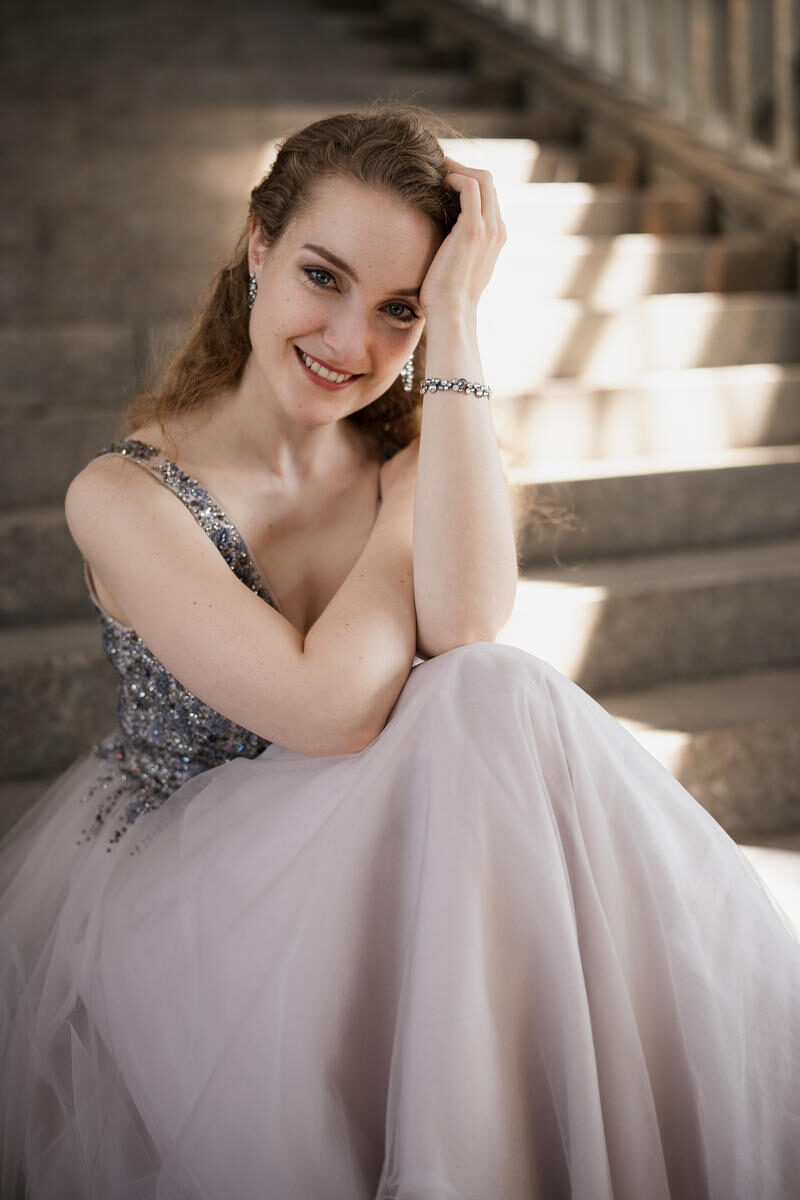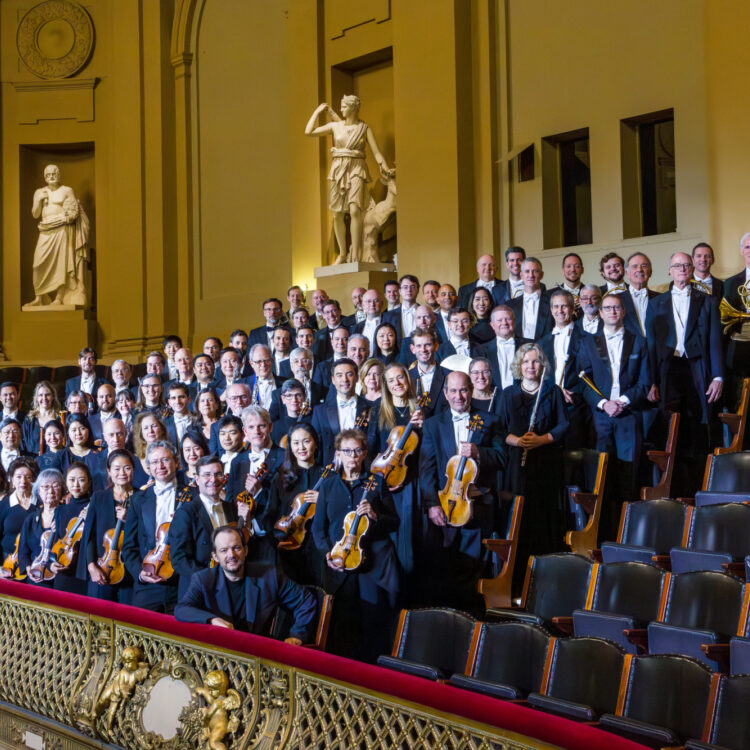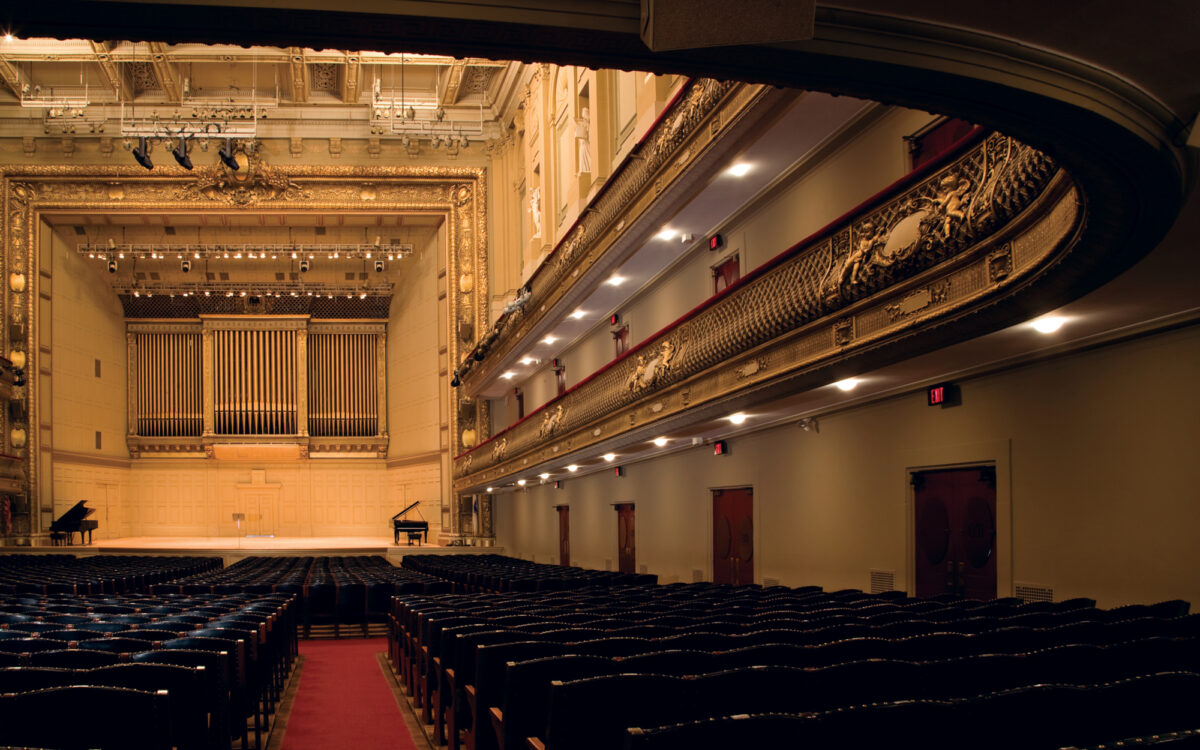Mahler Symphony No. 4 | Boston, Symphony Hall, & the BSO in 1900
Mahler Symphony No. 4 | Boston, Symphony Hall, & the BSO in 1900
MAHLER Symphony No. 4
The BSO begins the exploration of Boston in 1900 with two pieces that were composed at the same time Symphony Hall was being built.
Influenced by impressionist painting and finished in 1899, Debussy’s three contrasting Nocturnes — Nuages (“Clouds”), Fêtes (“Holidays”), and Sirènes (“Sirens”) — paint magnificently colorful musical scenes, with Boston’s premiere all-women vocal group the Lorelei Ensemble joining the orchestra in the haunting final movement.
Composed in 1900, Mahler's Symphony No. 4 lives on the sunnier side of his repertoire, but nonetheless vacillates between morbid and triumphant, seductive and serene. The final movement features solo soprano in a beguiling setting of the folk poem “Heavenly Life."
MAHLER Symphony No. 4
The BSO begins the exploration of Boston in 1900 with two pieces that were composed at the same time Symphony Hall was being built.
Influenced by impressionist painting and finished in 1899, Debussy’s three contrasting Nocturnes — Nuages (“Clouds”), Fêtes (“Holidays”), and Sirènes (“Sirens”) — paint magnificently colorful musical scenes, with Boston’s premiere all-women vocal group the Lorelei Ensemble joining the orchestra in the haunting final movement.
Composed in 1900, Mahler's Symphony No. 4 lives on the sunnier side of his repertoire, but nonetheless vacillates between morbid and triumphant, seductive and serene. The final movement features solo soprano in a beguiling setting of the folk poem “Heavenly Life."
MAHLER Symphony No. 4
The BSO begins the exploration of Boston in 1900 with two pieces that were composed at the same time Symphony Hall was being built.
Influenced by impressionist painting and finished in 1899, Debussy’s three contrasting Nocturnes — Nuages (“Clouds”), Fêtes (“Holidays”), and Sirènes (“Sirens”) — paint magnificently colorful musical scenes, with Boston’s premiere all-women vocal group the Lorelei Ensemble joining the orchestra in the haunting final movement.
Composed in 1900, Mahler's Symphony No. 4 lives on the sunnier side of his repertoire, but nonetheless vacillates between morbid and triumphant, seductive and serene. The final movement features solo soprano in a beguiling setting of the folk poem “Heavenly Life."











